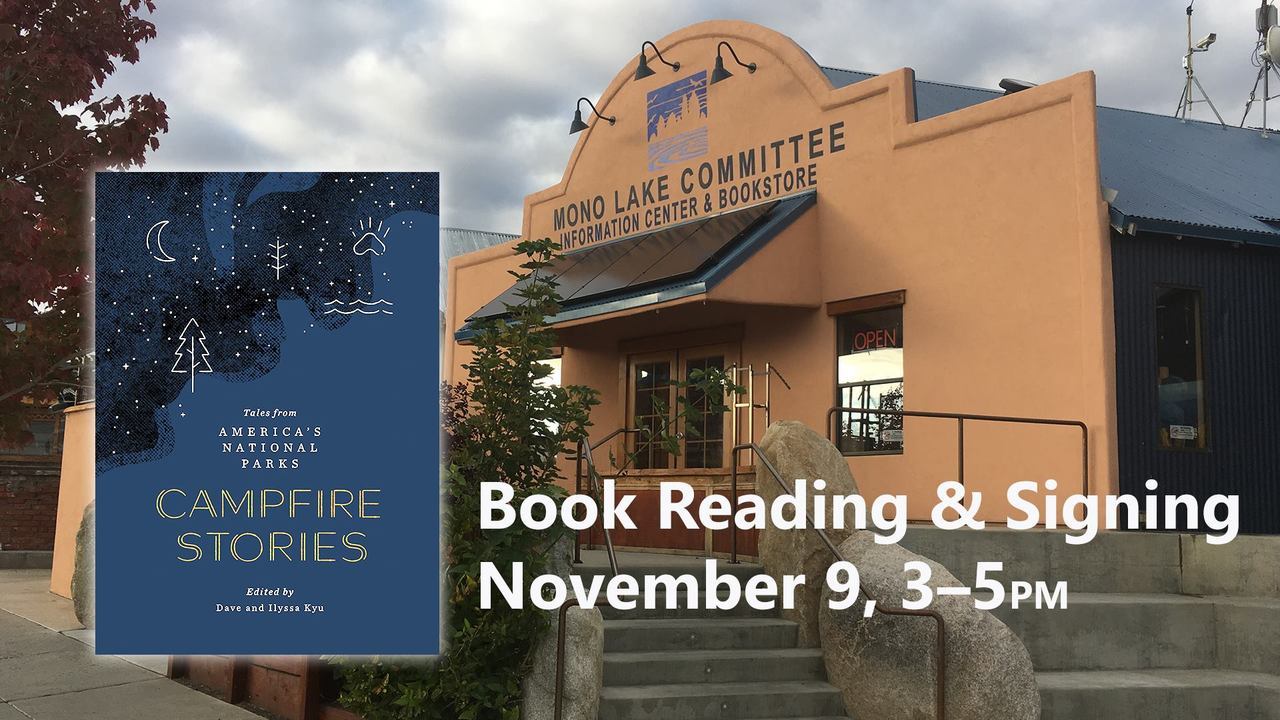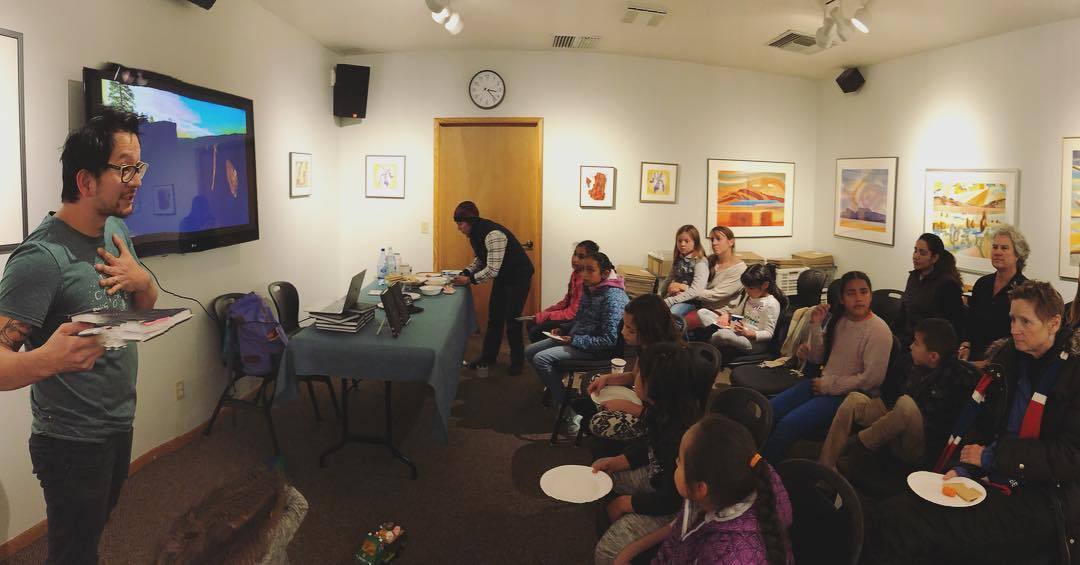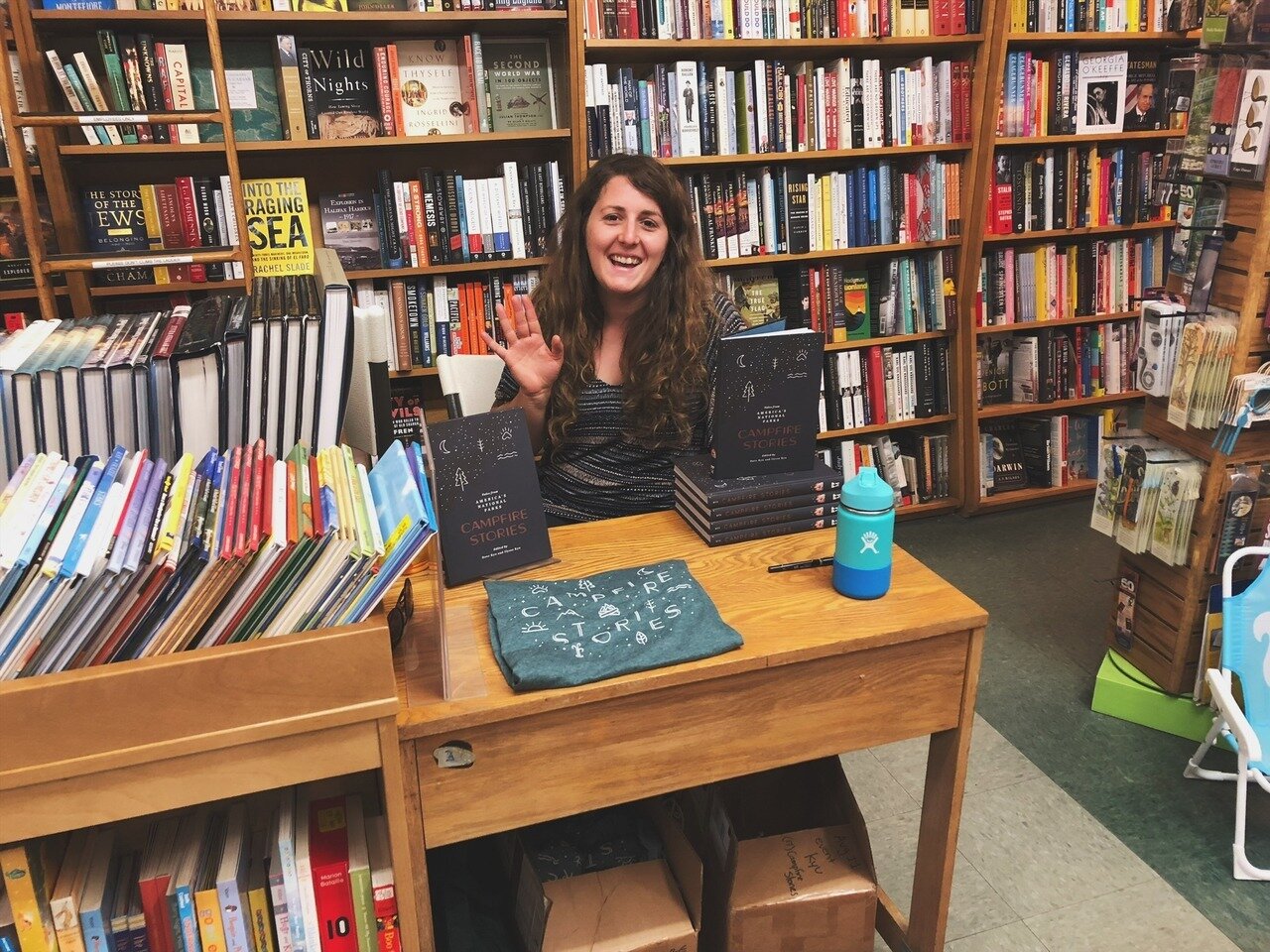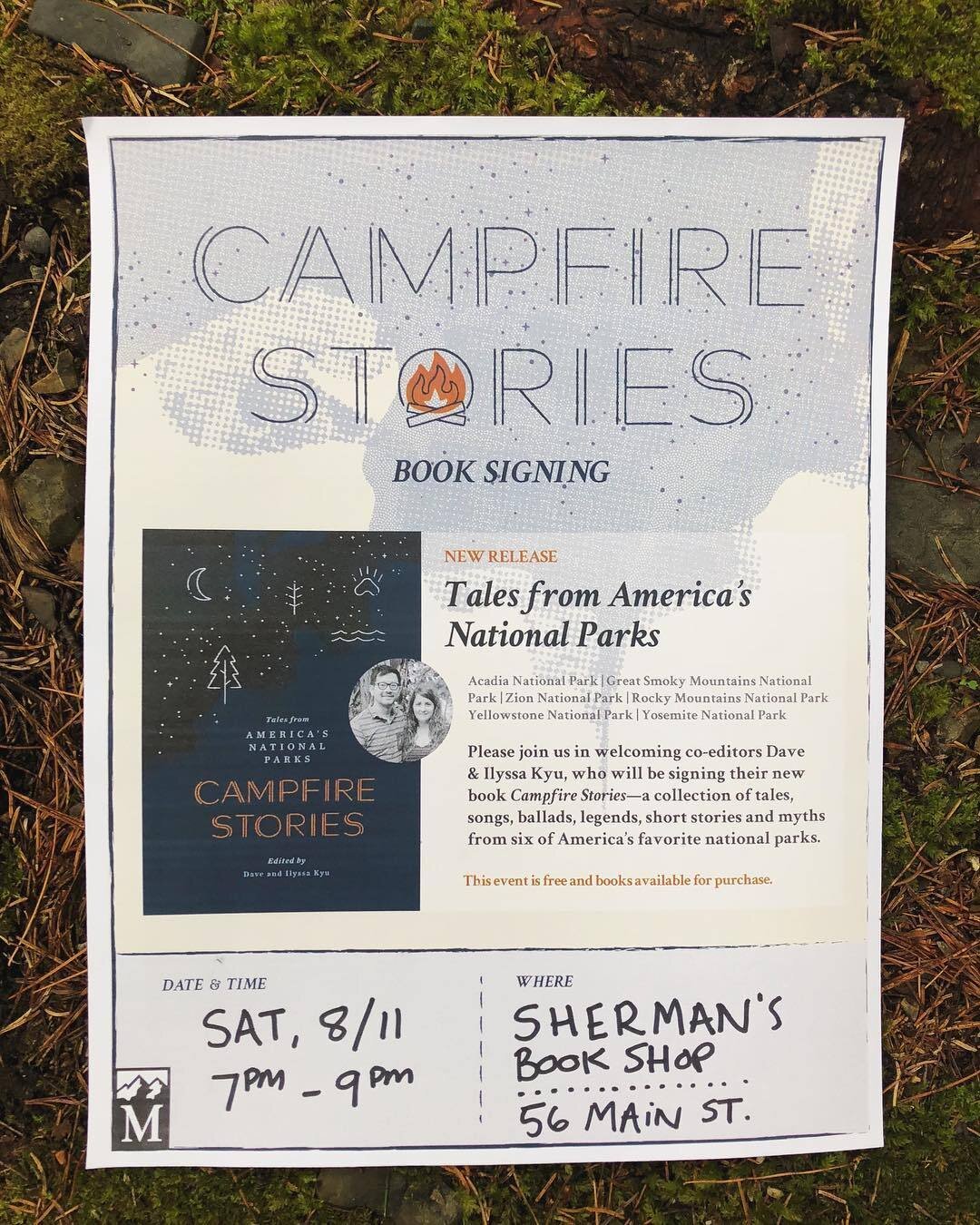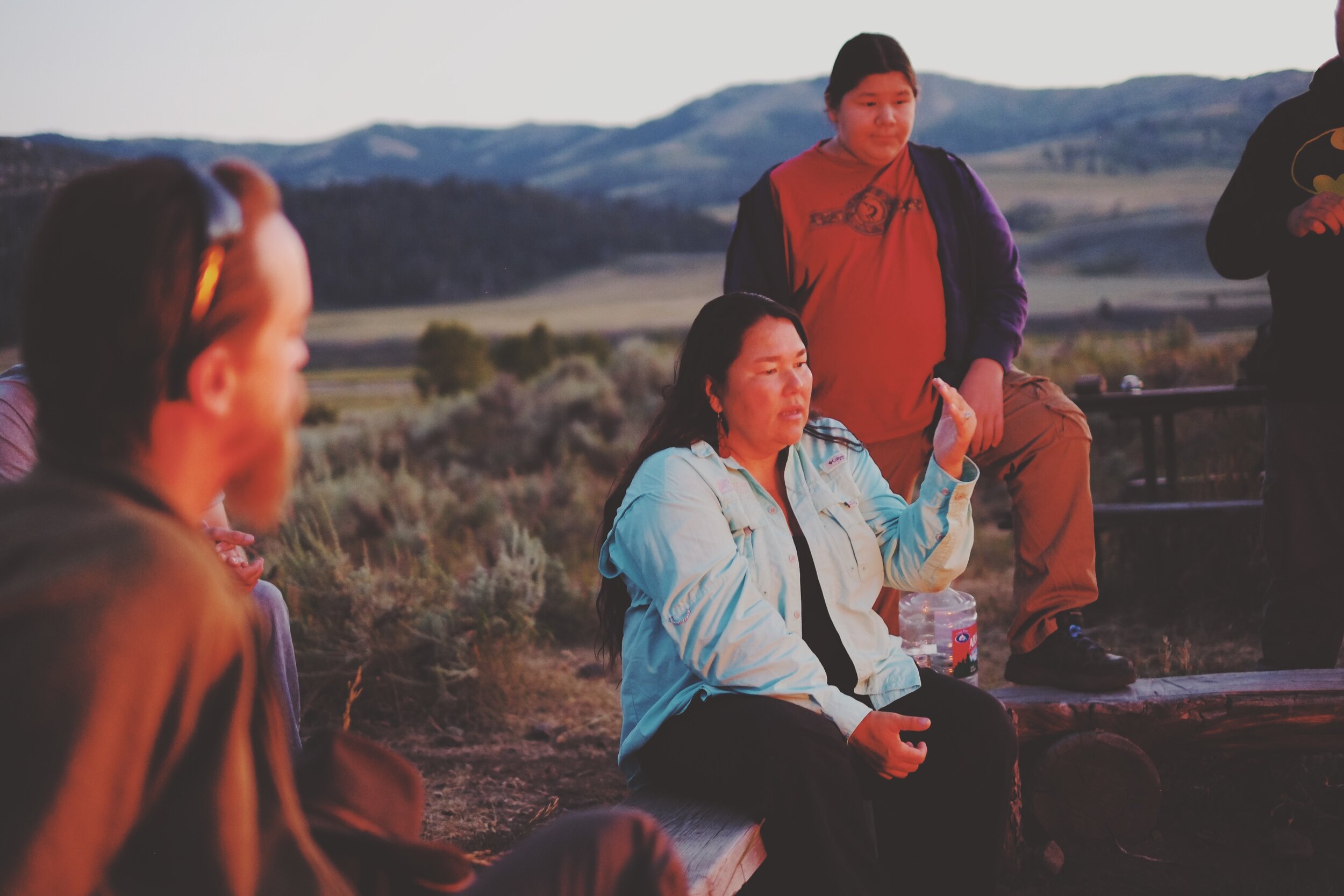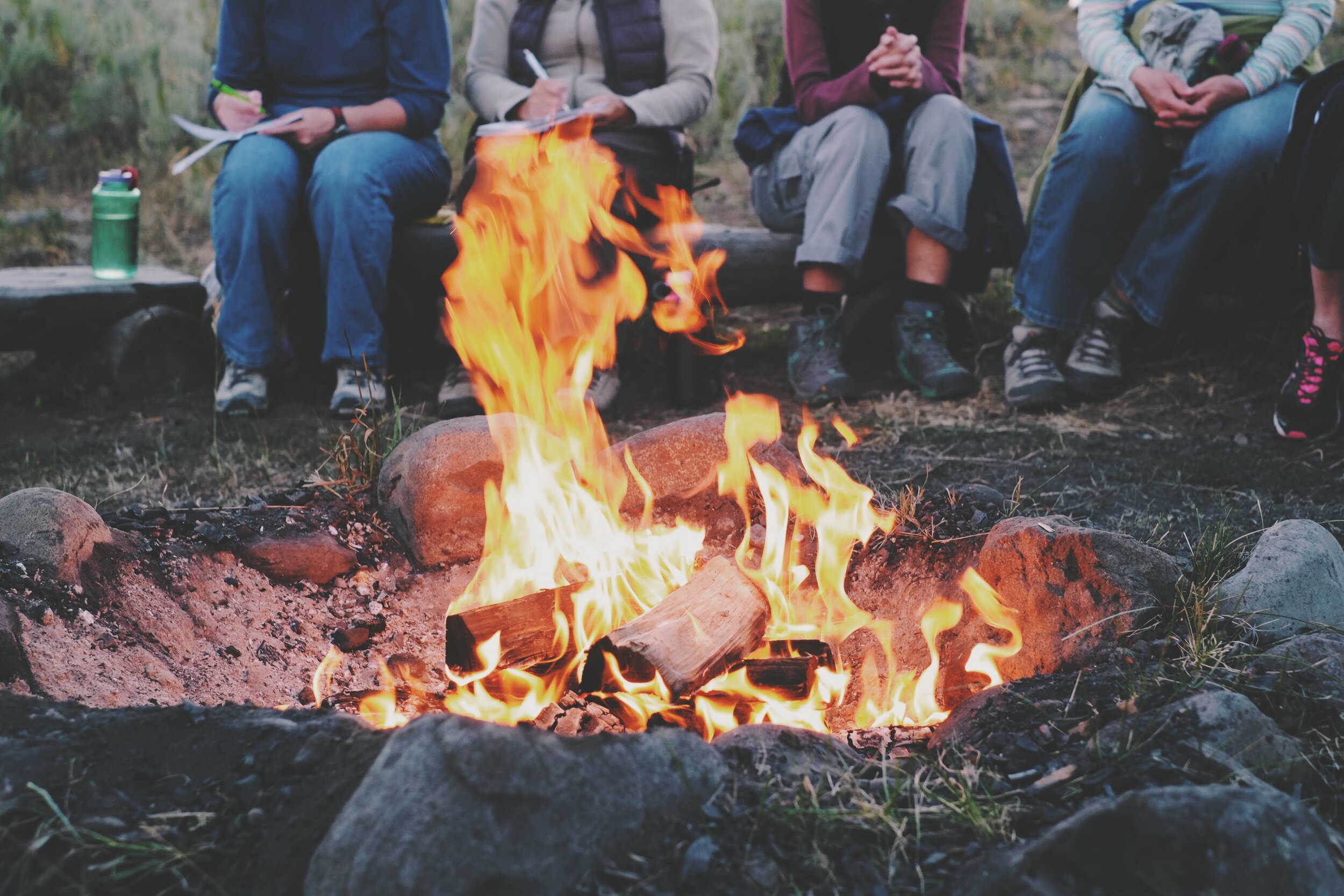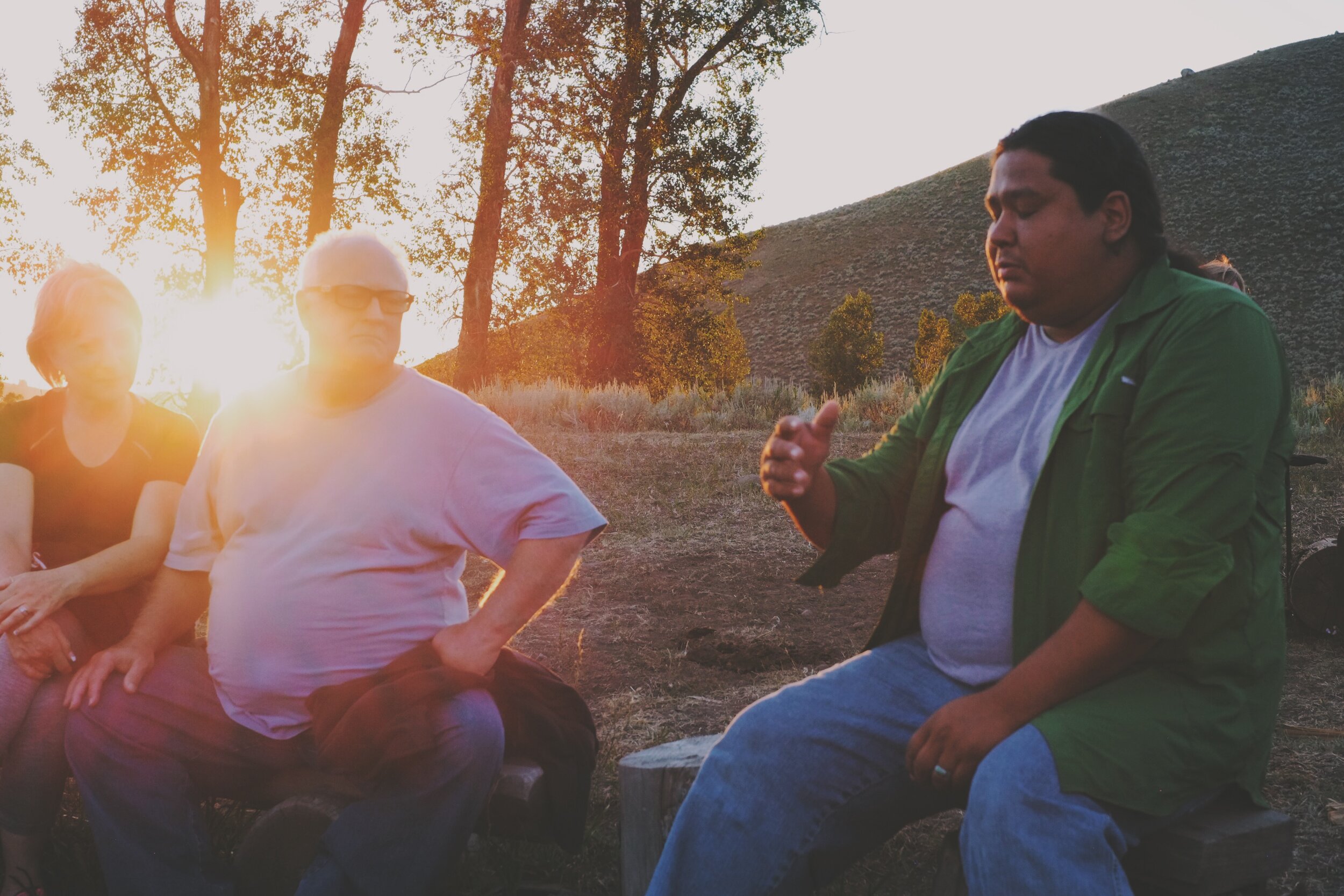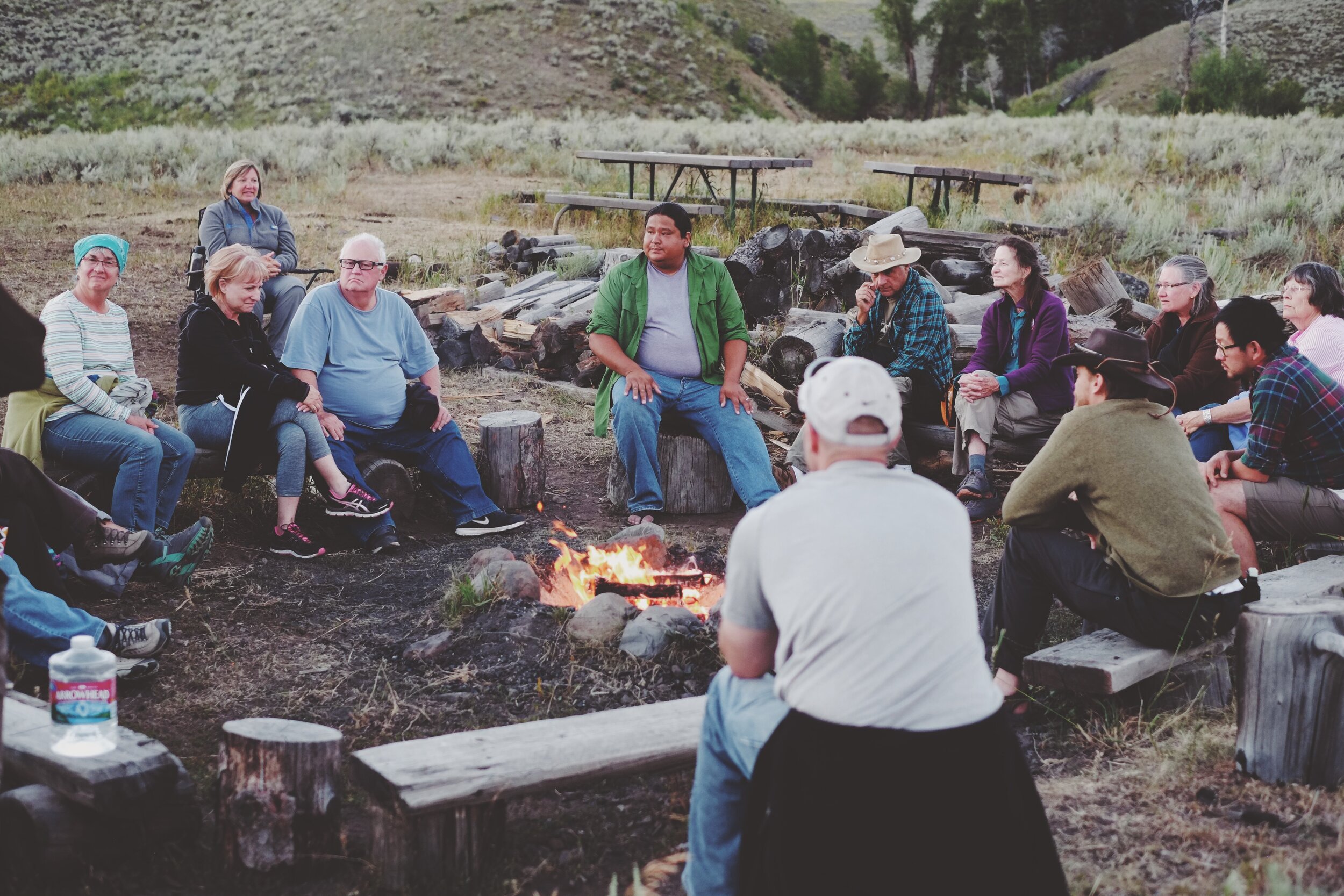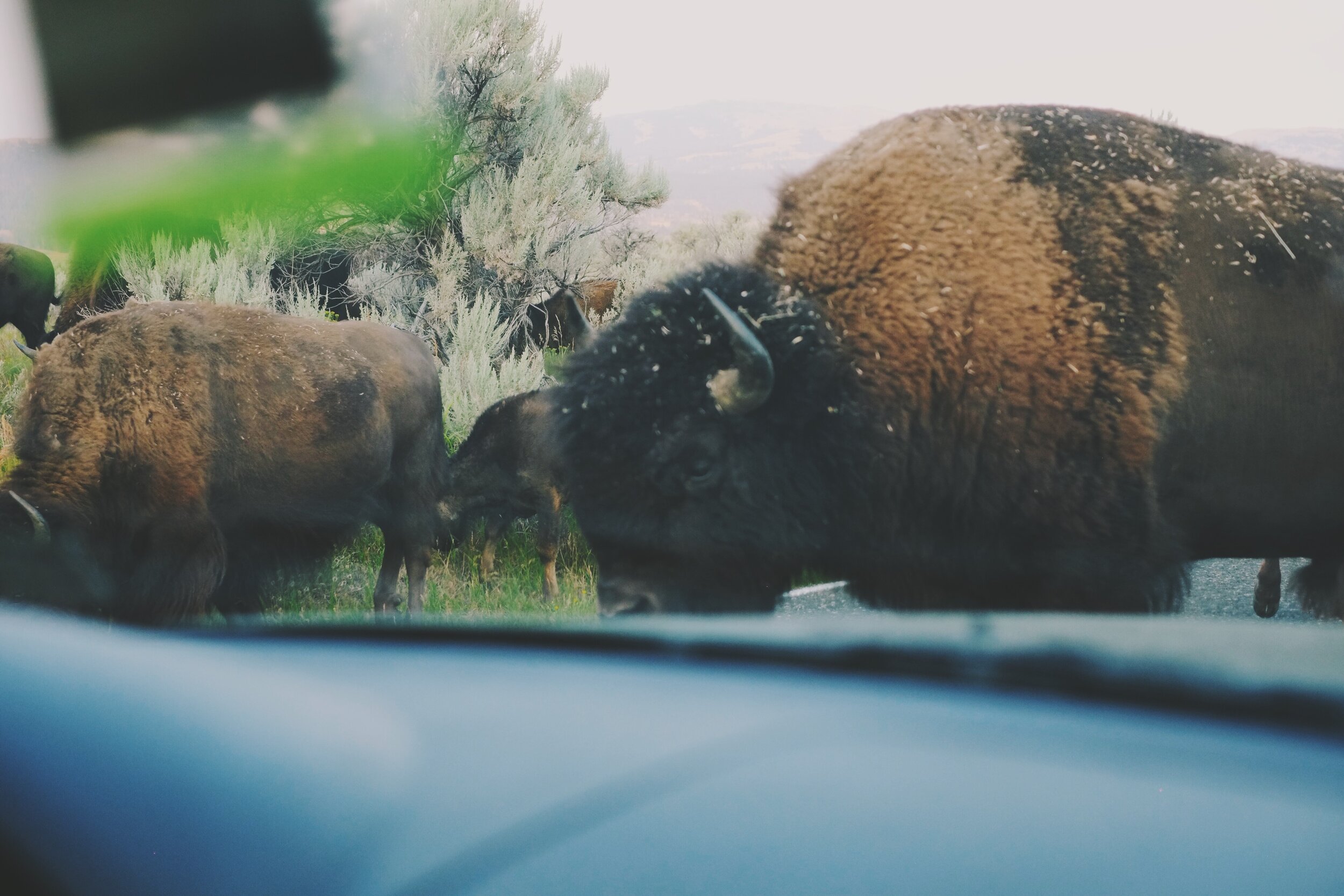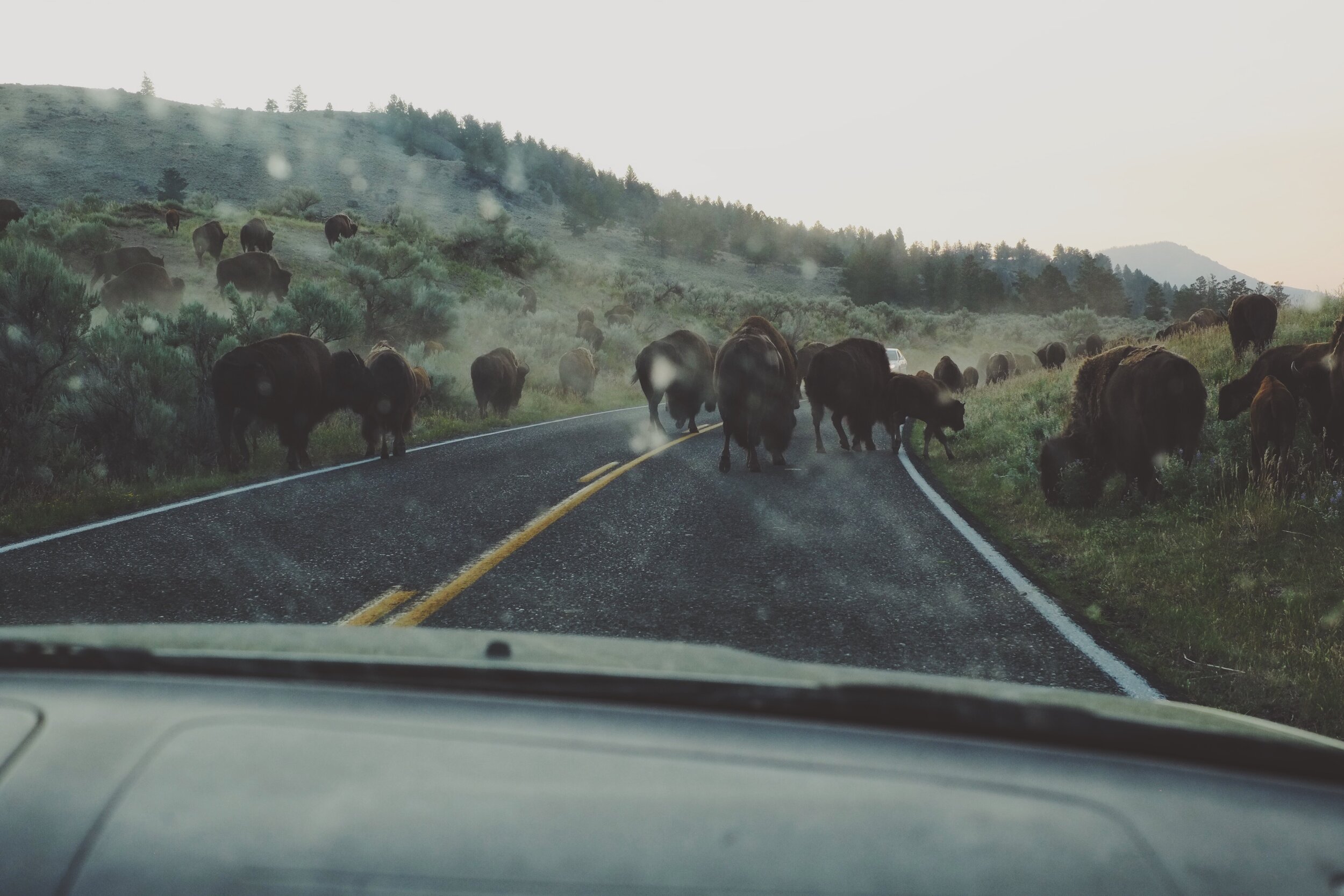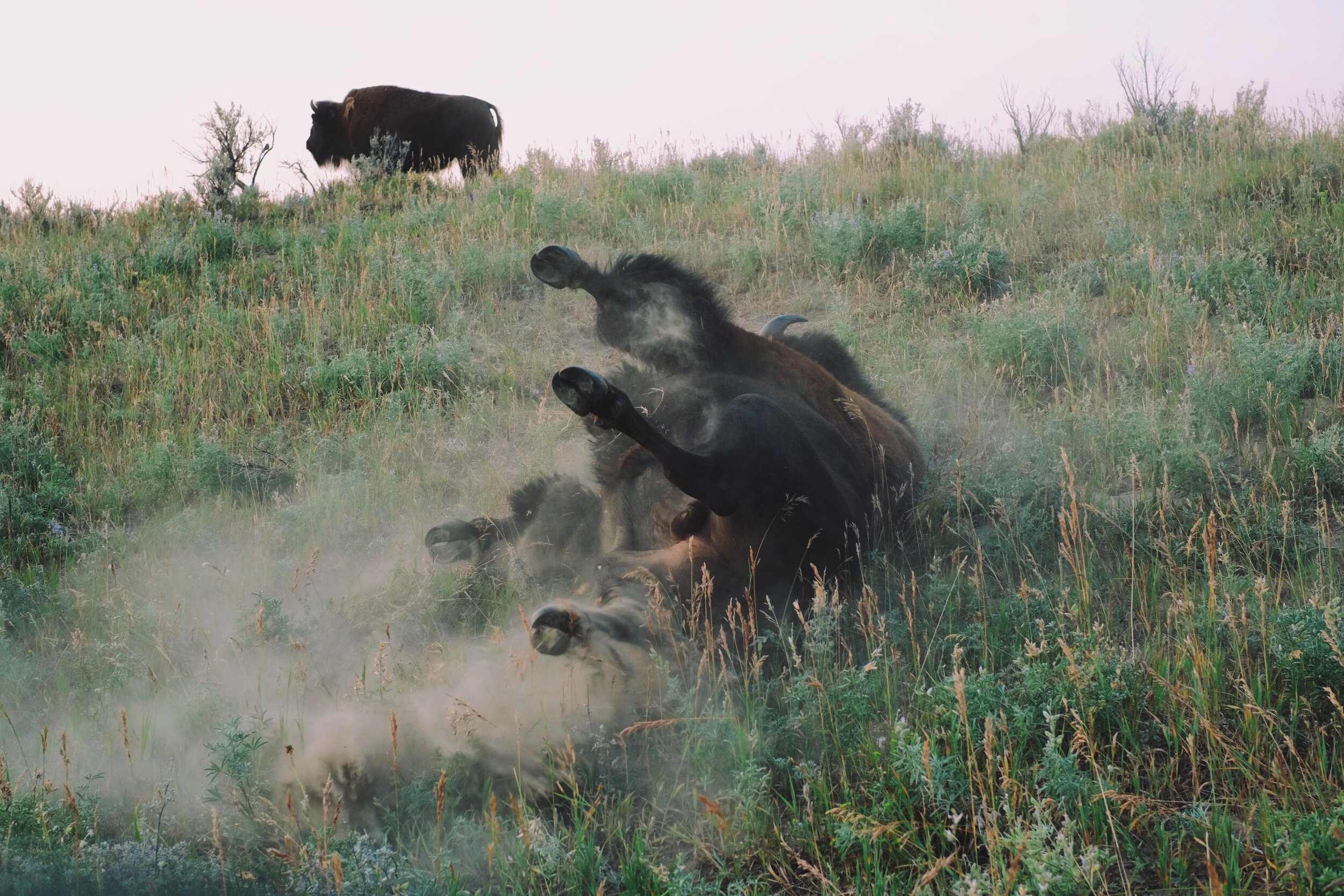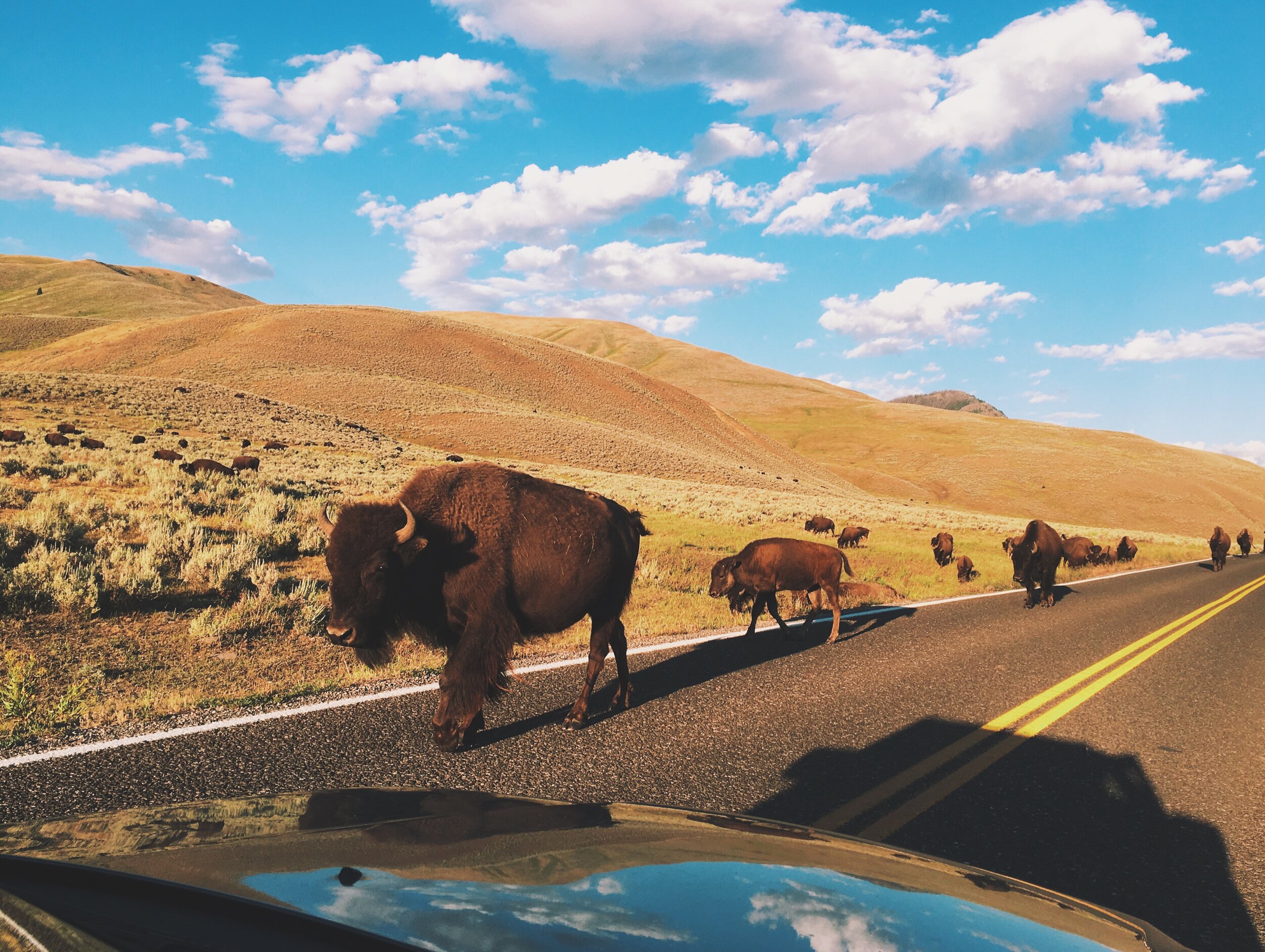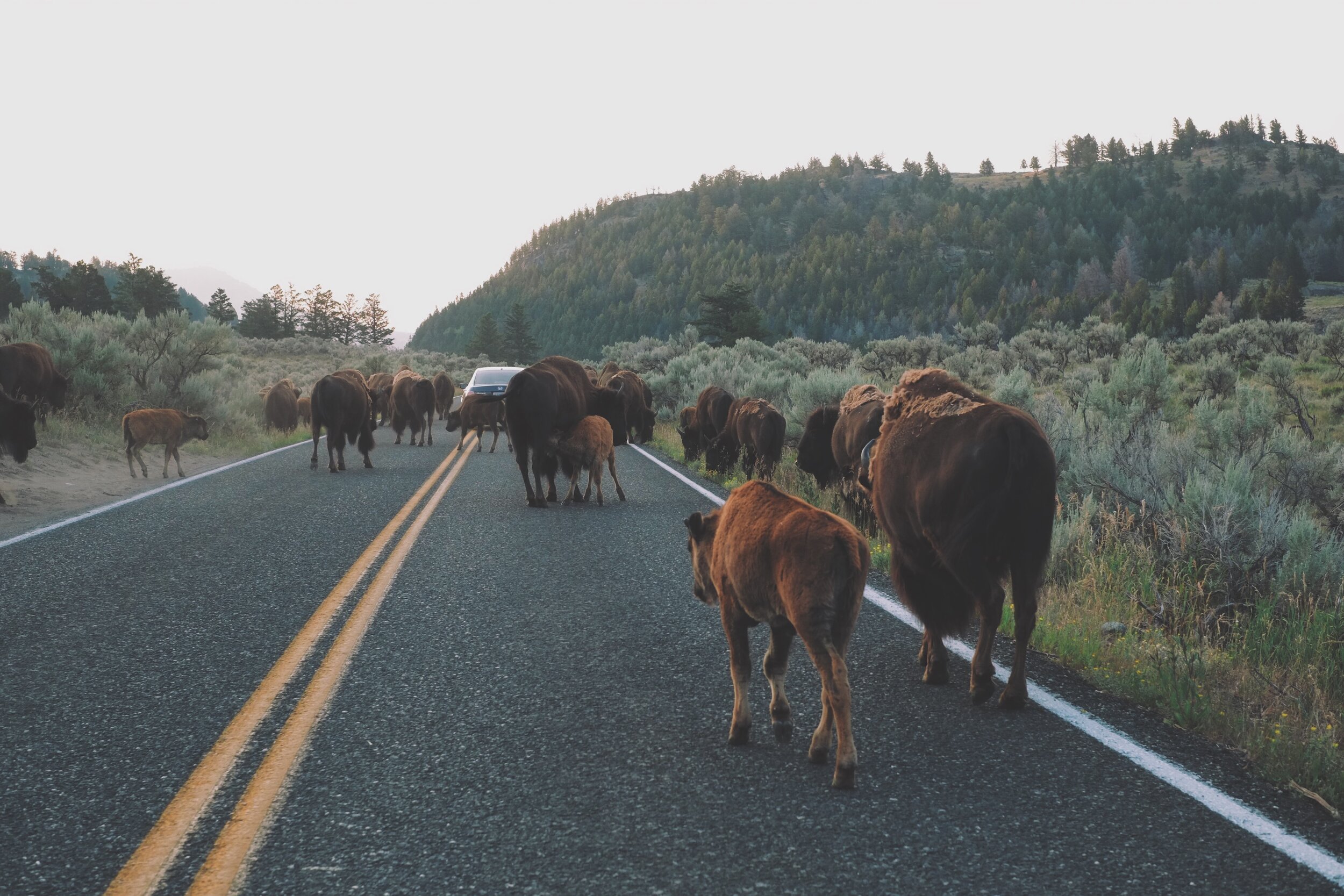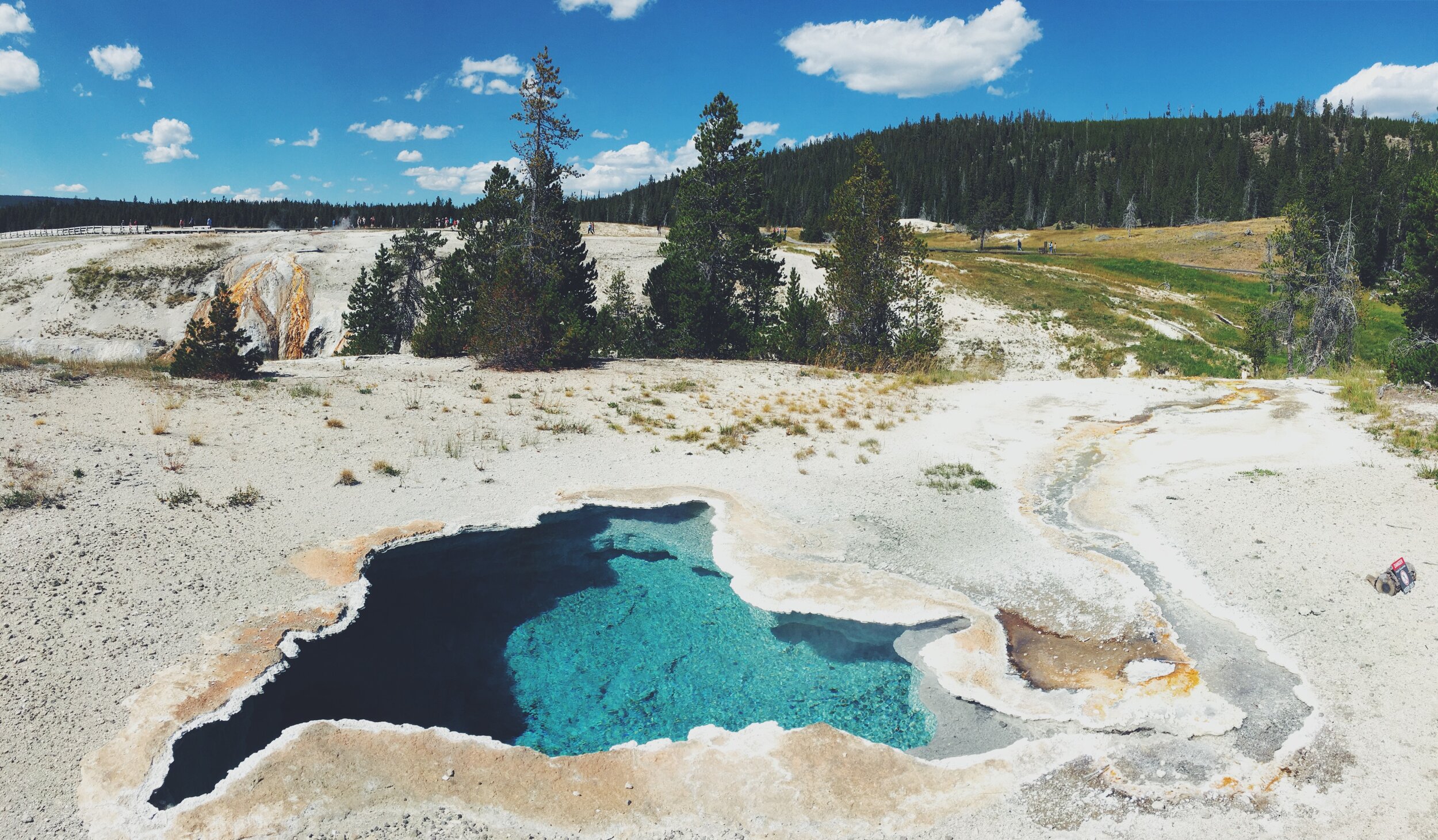In our Call for Submissions, we offered to give six travel stipends to six writers that would allow them to visit a national park or scenic trail, and create a new piece about that park or trail based on their experience.
For us, part of advocating for new stories from new storytellers means removing the barriers of access that exist in accessing some of our National Parks.
We thank our many Kickstarter backers, particularly those who contributed to our Fund A Writer tier, which made these grants possible. Below, we’re pleased to share the writers who were selected to create a new piece for Volume II.
Travel Grant Recipients
Hannah Andry is a New England local who enjoys long walks in the woods, spending time with loved ones, and asking the deeper questions in life while staring at the stars. She has formerly worked at Outward Bound, which sparked her love for the entanglement of the natural world and emotion. Hannah believes in the power of Compassion and Nature as her guiding forces, and does her best to share those experiences with others. Hannah has written a new story about the Appalachian Trail.
Sara Aranda is a writer and endurance athlete based in the mountainous west. She obtained her B.A. in Creative Writing, with an emphasis in Poetry, from the University of California, Riverside. A variety of her work has been published in Alpinist Magazine, The American Poetry Review, The Climbing Zine, and Boulder Weekly, among others. One of her essays made the Notables list for Best American Essays 2019. Sara has written a new story about Glacier National Park.
Melisa Jane Bohlman (she/ella/ela) is a Sonoran Desert dweller, from the saguaro forests and summer magic monsoons. She is humbled to use her writing to amplify those who have been historically silenced and their connections to the land on this beautiful spinning planet. She shares her big smile and height from her 4th-generation New Jersey father and her big, brown “pechiche” eyes and belly laugh from her Ecuadorian-Chinese madre. She is honored to work with Campfire Stories. Melisa has written a new story about Grand Canyon National Park.
Sylvia Jones is an editorial fellow at Shenandoah Journal and the 2021 - 2022 Stadler fellow at Bucknell University. She lives in Baltimore with her partner, Agata, and their buff tabby. She serves as a reader for Ploughshares and a volunteer for The PEN America Prison Writing Program. Her most recent writing can be found in DIAGRAM, Spilt Milk, Ponder Review, The Santa Clara Review, and elsewhere. She recently received her MFA from American University. Sylvia has written a new story about Everglades National Park.
Anja Semanco lives along the Central Salish Sea in Bellingham, Washington where she works for a small environmental advocacy organization. Her essays have been nominated for the Pushcart Prize and Best American Science and Nature Writing. She received her MA in journalism from the University of Colorado, Boulder in 2017 and has worked to capture the stories of our human and nonhuman relationships ever since. Anja has written a new story about Olympic National Park.
Given the name Many Trails Many Roads Woman by the medicine man of her Northern Cheyenne tribe, Sheree Winslow embraces a life of wonder and wander. She has received many honors for her writing about travel and place. Her work has appeared in numerous publications including Brevity, Midway Journal, Passages North, and the Changing Tides anthology. She is a graduate of Vassar College and received her MFA from Vermont College of Fine Arts. Sheree has written a new story about Joshua Tree National Park.












